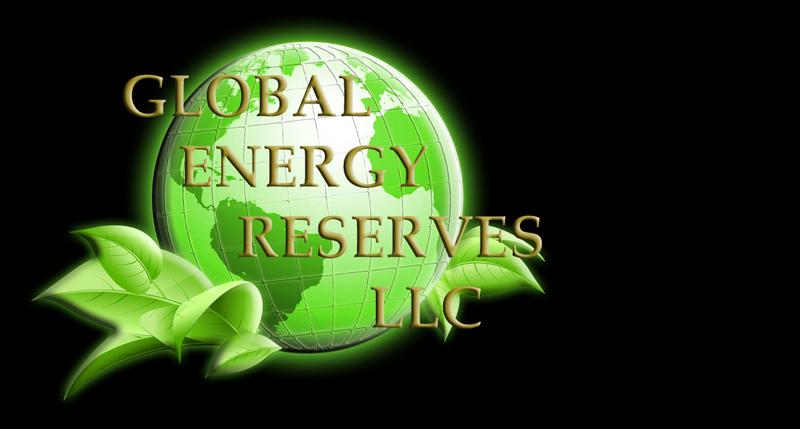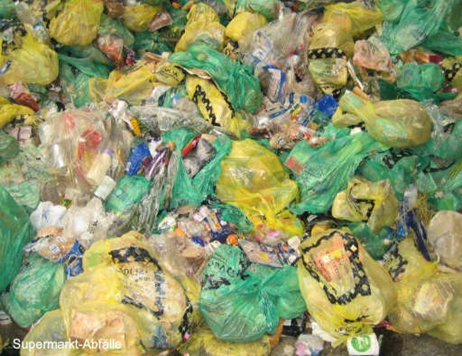WASTE TO ENERGY
POWER FOR THE FUTURE
Global Reserve's proprietary technological process can treat all “soft“ waste materials, including, various types of electronic waste, any type of plastics and organic waste and convert it into energy. Accordingly, the initial waste volume will be 6% to 8% of its original volume and thus, comes close to a “zero waste” target. The simultaneous generation of energy-rich gas and/or the resulting electricity and the recovery of recyclable materials from the waste stream such as metals and certain valuable plastic elements, cover operating and maintenance costs.
ADVANTAGES OF PROCESSING FACILITY
- Anaerobic Digestion and extended liquid phase processing produces energy-rich/combustible gases and subsequently electricity; accordingly, municipal solid waste is turned from an expensive waste product into a valuable raw material, which reduces the import and consumption of expensive and problematic fossil fuels. The generated electricity is usually considered “renewable” so that the Plant profits from favorable subsidies as well as from additional income from sale of CO2 emission certificates.
- Separation and biological processes take place in closed tanks, so that no environmental affects like smell or ground water contamination will occur, i.e., processing plant can be installed closer to populated neighborhoods. Existing commercial plants are evidence of this fact.
- Processing facility can treat biomass and mixed unsegregated municipal waste.
- Separation of waste collection is not required.
WASTE DISPOSAL CONCEPT
The proposed waste treatment plant consists of the following:
The initial phase treats the organic elements by anaerobic digestion and various other proprietary methodologies.
An extended time in processing treats all “soft” residues, including electronic waste, plastics, the cellulose/lignin element and non-digestible compost substrate element from digestion process, which are not accessible to the biological attack of bacteria are further treated by the extended liquid process. Maximum energy efficiency is obtained and the entire waste is treated and converted, except for the mineral elements (stones, sand, broken glass), which usually does not exceed 6% to 8% of the input quantity.
Landfill Reclamation, additional to daily mixed solid waste processing, technology is suitable for reclaiming solid waste from old and even expired/closed landfills, allowing land to be used for residential or commercial purposes. Landfill Reclamation has the potential to effectively and efficiently dispose of landfill contents in an environmentally responsible way with zero emissions. Dependent upon processing capacity designed and desired, Landfill Reclamation can be achieved while Landfill Gas Capture is on-going.
SUPERIOR BENEFITS
- NO NOXIOUS EMISSIONS - Relative to Clean Air Act(s) requirements and other environmental demands, introduction of additives to technologies generated slurry; hazardous components such as chlorine, mercury and other heavy metals are converted with simple chemical buffering reactions into insoluble inorganic liquids, which are eliminated from the process as sediments
- No expensive filters and/or scrubbers are needed to dispose of heavily contaminated filter dust (Not possible with solid material gasification). No-burn, no-emissions technology
- The safe removal of halogens (chlorine) completely avoids the formation of dioxins during combustion in the CHP engine
- Considerably increased energy efficiency, approximately 80% or more of energy contained in waste materials will be recovered!
- CO2 – neutral, eligible for CDM certificates
- Moderate process conditions (200 °C, 6 bar)
- Small decentralized low-cost units (20/30000MT vs 300,000MT+ for incineration)
- Large variety of input materials, also wet!
- Entire process takes place in liquid phase, which allows easy automation and control (Next-Gen remote SCADA)
- Low preparation effort required; input materials can be wet, contaminated and in relatively large sizes of up to 20 mm
- Output in form of clean, high efficiency gases (CH4 + CO + H2), free from tar, free from particles
- Solid residues (only 6 – 8%, depending on the input material) consisting of sand and other mineral residues plus insoluble and accordingly non-toxic salts, which can be disposed without danger of environmental pollution, can be used in road building and concrete or cement materials
GLOBAL RESERVES LLC
WASTE LANDFILLS AND DUMP SITES
THE PAST
THE FUTURE
Below is a brief introduction to the process technology
SAMPLING OF PROCESSING FACILITY INPUTS
- Strictly waste materials (no competition with food plants)
- Organic household waste in various compositions industrial waste (organic and paper, from food and canning industries)
- Agricultural wastes such as remains from sugar cane, corn, rice hulls, all types green matter, olive pressing, palm trees (lower branches), fruit waste from canning of citrus, waste from grapes after pressing, etc
- Straw, stover, reed grass, rice straw, elephant grasses and others
- Shells, stones, kernels, husks from nuts, fruit, grain
- Waste from the gastronomic industry
- Slaughter houses waste (hides, carcasses, bone meal)
- Sludge from settling tanks and wastewater treatment plants
- Garden trimmings, in fact all green matter, including woody matter with tree trimmings, etc
- Drift wood of any kind
- Any other types of wood (trunks, branches, chips, saw dust
- Treated wood, including railway ties/sleepers, furniture etc)
- Any type of plastics/mixed plastics, also PVC
- Municipal Solid Wastes (MSW), including contaminated waste
- Various types of electronics and mixed electronics waste
- Waste can contain 50% water, sometimes more
- No limitation with respect to input moisture
- No limitation with respect to dirt, contamination
- Safe elimination of toxic input materials such as Cl, S, Br, Cr, Hg and other heavy metals is assured
There is no specific requirement for purity or composition of the input waste






